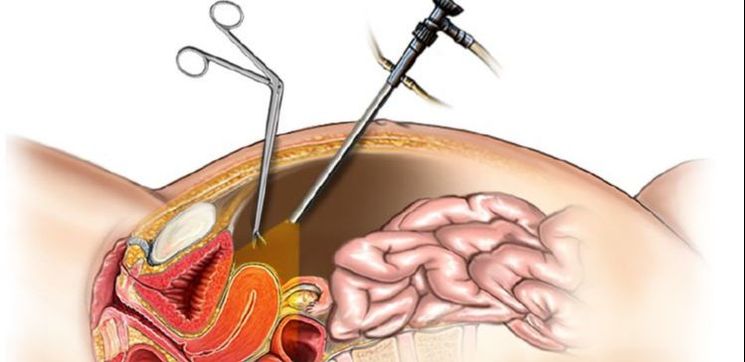- Home
- Dr Tony Bushati
-
Pregnancy
- Pregnancy Care
- Pregnancy Planning
- Obstetrician Gynaecologist at Hurstville Private Hospital, Hurstville
- Obstetrician Gynaecologist at Northern Beaches Hospital, French Forest
- Obstetrician Gynaecologist at St George Private Hospital, Kogarah
- Obstetrician Gynaecologist at Sydney Adventist Hospital, Wahroonga
- Gynaecology
- Ask the doctor
- Locations
- Resources
- Contact us
St George Private Hospital
|
Waratah Private Hospital
|
Northern Beaches Hospital
|
Sydney Adventist Hospital
|
- Home
- Dr Tony Bushati
-
Pregnancy
- Pregnancy Care
- Pregnancy Planning
- Obstetrician Gynaecologist at Hurstville Private Hospital, Hurstville
- Obstetrician Gynaecologist at Northern Beaches Hospital, French Forest
- Obstetrician Gynaecologist at St George Private Hospital, Kogarah
- Obstetrician Gynaecologist at Sydney Adventist Hospital, Wahroonga
- Gynaecology
- Ask the doctor
- Locations
- Resources
- Contact us
